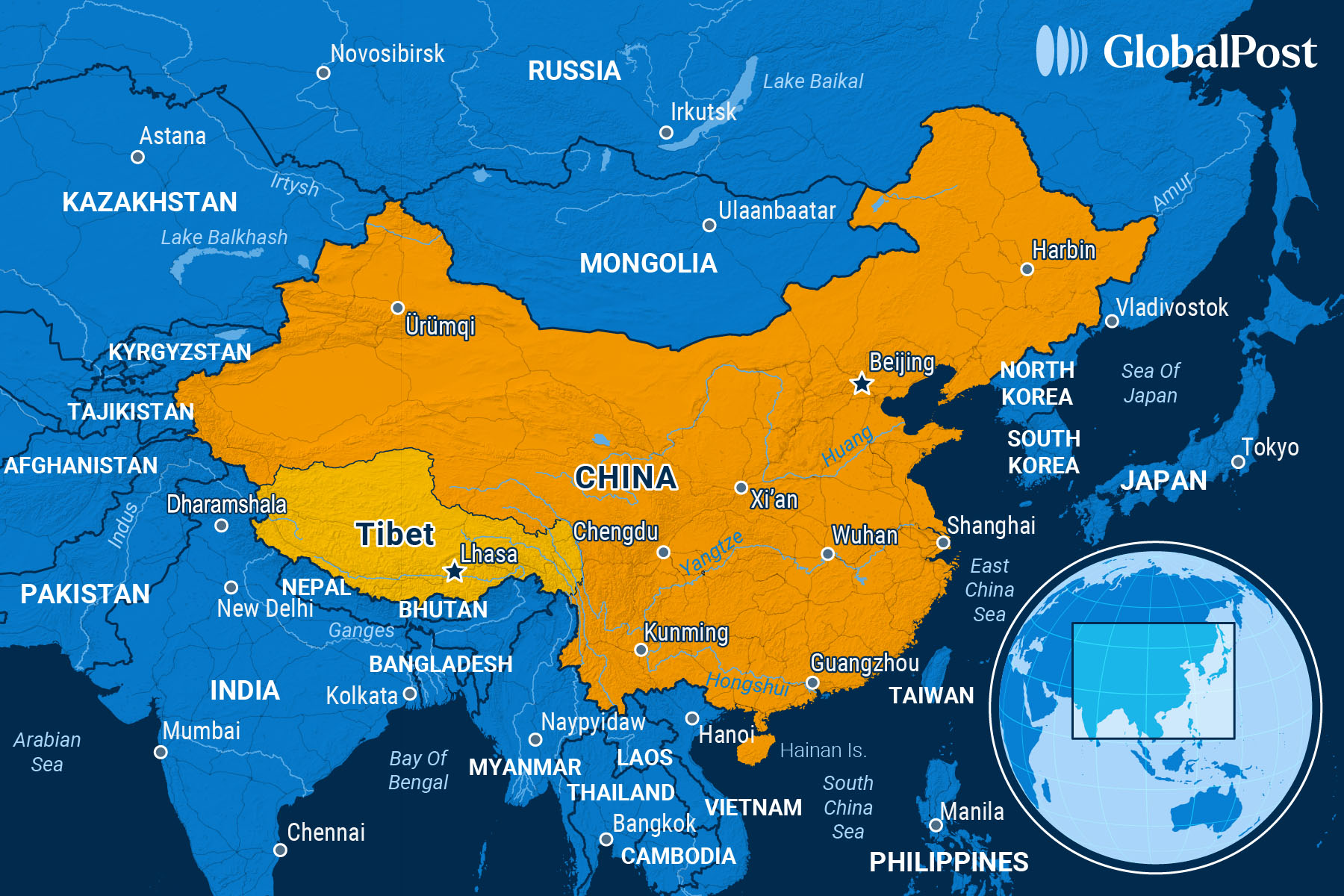Chinese Leader Makes Rare Visit to Tibet Preaching Unity

Chinese President Xi Jinping made his second-ever visit to Tibet this week, urging unity during the 60th anniversary of its establishment as an autonomous region after China annexed the territory, the BBC reported.
State media reported Xi was met by about 20,000 officials and local people in the regional capital of Lhasa, where he told senior Tibet officials that governing the region means maintaining political and social stability, ethnic unity, and religious harmony.
Xi praised the local government of the tightly controlled region for “engaging in a thorough struggle against separatism,” referring to the decades-old Tibetan resistance to China’s control.
China’s ruling Communist Party established the Tibet Autonomous Region in 1965, six years after the 14th Dalai Lama fled into exile in India following a failed uprising against China since its takeover in 1951, Reuters noted.
Beijing billed the establishment of Tibet as an autonomous region as an effort to give the Tibetans a greater say over local affairs. While international human rights groups and exiles often denounce China’s rule in Tibet as “oppressive,” China denies those allegations.
During his visit, Xi urged greater economic, cultural, and personnel exchanges to and from Tibet, along with the promotion of a common national language and writing system.
He called for stronger regulation of “religious affairs” and a need to “guide Tibetan Buddhism to adapt to socialist society” but did not mention the exiled Dalai Lama.
Xi’s visit comes just two months after the 90-year-old Dalai Lama announced that his office will pick his successor, a right that China contends belongs to officials inside Tibet, according to Al Jazeera.
Rather than seeking independence, the Dalai Lama always pushed for a “middle way” approach, calling for genuine self-rule for Tibet within China. Beijing, however, considers him a separatist.
This visit also comes a month after China began construction on what is set to become the world’s biggest dam on the Yarlung Tsangpo River, which flows through the Tibetan plateau.
China said the project will focus on ecological protection while promoting the local economy. Experts, however, warned that the new dam could give China the ability to control or divert the Yarlung Tsangpo, which flows into India and continues into Bangladesh’s rivers.
Tibet’s shared border with India makes it a strategic region for China, and Xi’s visit coincided with a rare visit to India by China’s Foreign Minister Wang Yi. At that meeting, Beijing and New Delhi pledged to repair relations strained by a deadly 2020 border clash.

Subscribe today and GlobalPost will be in your inbox the next weekday morning
Join us today and pay only $46 for an annual subscription, or less than $4 a month for our unique insights into crucial developments on the world stage. It’s by far the best investment you can make to expand your knowledge of the world.
And you get a free two-week trial with no obligation to continue.
